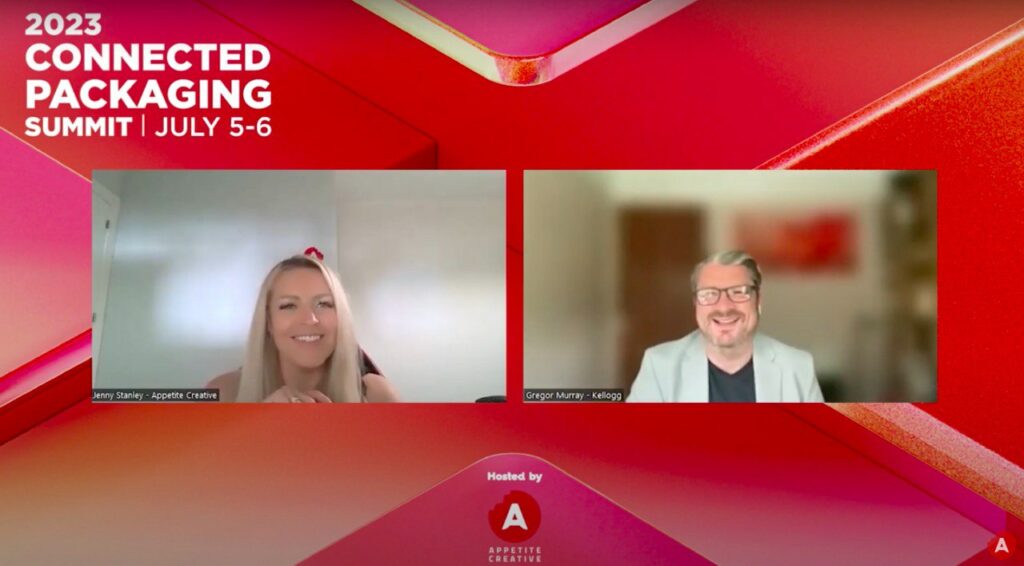
The food industry has come a long way in promoting sustainable practices, especially in reducing packaging waste. At the Connected Packaging Summit, Gregor Murray, ECommerce Channel Development Director at Kellog Company, unveiled the challenges and opportunities of moving towards a greener future.
The Hurdles of Reuse Strategies
While the rise of refillable and reusable shops is evident, there are challenges in integrating these at a larger scale. Existing supply chains optimised for traditional packaging make it difficult. Introducing infrastructure for refillable options at the supermarket level could disrupt these chains.
Deposit Return Schemes: A Two-Sided Coin
These schemes have the potential to encourage reuse and reduce waste. However, the logistical challenges for supermarkets and potential inadequacy of financial incentives can hinder its widespread adoption. Gregor pointed out an interesting twist: placing bottle return bins in schools. This initiative, supported by some UK soft drink companies, merges recycling with environmental education. It’s a win-win, as children return bottles and the proceeds go to their schools.
Thoughts for Local Authorities
It’s vital to factor in the implications of sustainable strategies on local governing bodies. If plastics are removed from the waste stream, it can affect the revenue from recycling, which many local authorities rely on. This, in turn, might affect local taxes.
The Promise of Connected Packaging
By bridging the gap between packaging and recycling centers, Connected Packaging can revolutionize recycling. Imagine packaging that “talks” to recycling centers! It ensures faster sorting and fewer errors, leading to less waste ending up in landfills due to misidentification.
Packaging Design: Stick to the Principles
Having firm principles for packaging design is non-negotiable. It’s crucial to assess potential downsides of innovative solutions. Gregor pointed out a possible game-changer: standardisation of packaging sizes. This can reduce the carbon footprint and boost sustainability.
Elevating Environmental Awareness
True sustainability change requires a shift in consumer behavior. Educating consumers, especially the younger generation, is a step in the right direction. Gregor highlighted initiatives that blend education with incentives. For instance, some products, when purchased, lead to donations to schools or eco-causes.
Meeting Market Demand with Innovative Repurposing
Market demand largely dictates the recyclability of materials. There’s potential in novel solutions like transforming ash or old toothpaste tubes into playgrounds. However, creating a demand for these recycled products calls for out-of-the-box thinking. Gregor urged industry players to think differently and find ways to repurpose materials that typically go to landfills.
In summary, Gregor Murray’s insights at the summit underscored the importance of teamwork, innovative problem-solving, and making informed choices for a sustainable future in packaging. With a focus on sustainability and fresh solutions, manufacturers are poised to lead the charge in crafting a green packaging world.
Visit Appetite Creative’s Blog for more panellists’ presentations.
In case you missed the live session, you can always catch up later! Just watch the recording on our YouTube channel or tune in to the podcast on Spotify.
